#dusseldorf school
Text
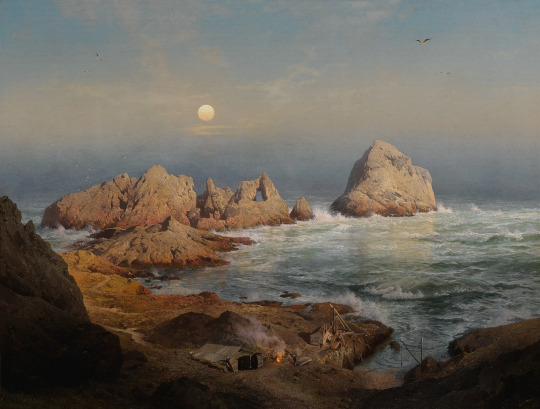
Herman Herzog - Fisherman's Bay, South Farallon Island, 1875.
2K notes
·
View notes
Text
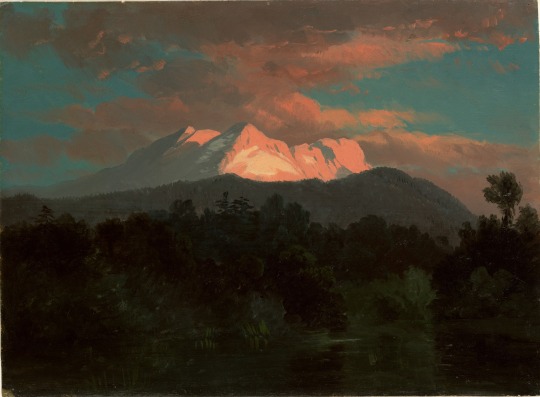
Mountain Range, James McDougal Hart, 1850-55
#art#art history#James McDougal Hart#landscape#landscape painting#landscape art#mountains#mountain range#Hudson River School#Dusseldorf School#American art#Scottish-American art#19th century art#oil on paper#Metropolitan Museum of Art
177 notes
·
View notes
Text

Slumbering Maid by Ludwig Knaus, 1866.
#classic art#painting#ludwig knaus#german artist#19th century#naturalism#dusseldorf school#genre art#woman#sleeping#birds#geese#basket#flowers#flower pots#bench#exterior
77 notes
·
View notes
Text
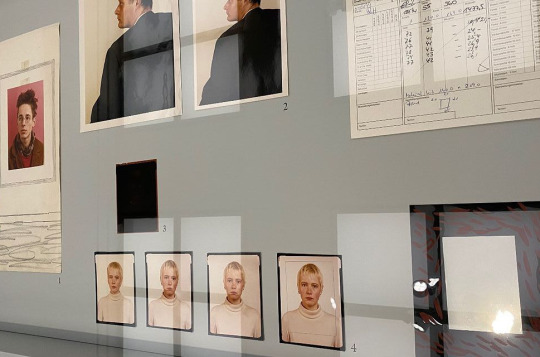
Thomas Ruff
15 notes
·
View notes
Photo

Turn off for fishing, upstate NY.
10 notes
·
View notes
Text

Thomas Struth
Shinju-ku (Skyscrapers), Tokyo 1986 (1986)
Tate
© Thomas Struth
#Thomas Struth#Tokyo#Japan#1986#Shinju-ku#Tate#photography#history#art#black and white#architecture#skyscrapers#Dusseldorf School of Photography#Neue Sachlichkeit#new objectivity#新宿区
19 notes
·
View notes
Text
youtube
Garbage - Osterfest @ Dusseldorf Phillipshelter [April 7th, 1996] FULL CONCERT
#Garbage#shirley manson#alternative rock#Garbage - Osterfest @ Dusseldorf Phillipshelter 1996#post grunge#grunge#cigarros pall mall#ron cartavio#hot topic#vans off the wall#vans old school#dr martens#cervezas y chicas#cerveza pilsen#pizzas y musica#monster energy#Youtube
2 notes
·
View notes
Text
#FineArtFriday: The Sycamores by Alexandre Calame 1854
#FineArtFriday: The Sycamores by Alexandre Calame 1854
Title: The Sycamores by Alexandre Calame
Genre: landscape art
Date: 1854
Medium: oil on canvas
Dimensions: height: 54.3 cm (21.3 in)
Collection: Cincinnati Art Museum
What I love about this painting:
These are trees with a presence. They grow on a rocky, sunlit hillside and seem as tough as the boulders surrounding them. Like people, these trees have seen some stuff. No delicate hothouse…

View On WordPress
#19th century landscape paintings#Fine Art Friday#The Dusseldorf School of Painting#The Sycamores by Alexandre Calame
0 notes
Text
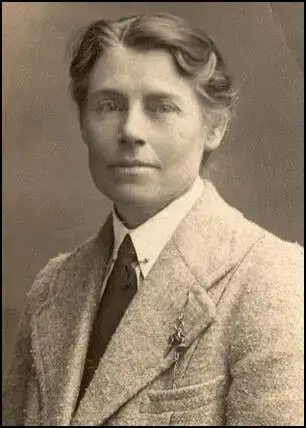



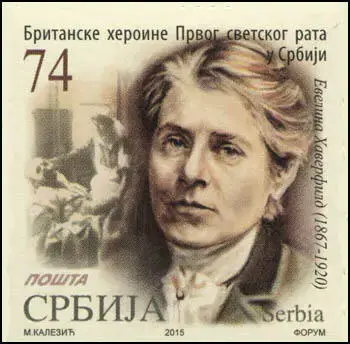
The leading Scottish suffragette, Evelina Haverfield, was born at Inverlochy Castle on August 9th 1867.
Evelina’s birth is recorded as ‘Honourable Evilena Scarlett’, she took the name Haverfield from her husband. Her childhood was divided between London and the Inverlochy estate. In 1880 she went to school in Dusseldorf, Germany, after which she married Major Henry Haverfield at the age of 19., who was 20 years her senior. The marriage is said to have been a happy one they had two sons together, The Major however died in 1896. Evelina married again two years later, a another military man, Major John Blaguy. This was not a happy union and after some time they drifted apart. The rest of her life was informed by devotion to a cause.
She became an enthusiastic supporter of the suffragette movement and was arrested during suffragette demonstrations in London for hitting an escorting police officer. Her only regret was not hitting him hard enough, promising to bring a revolver next time. During that heady time she met Vera Holme. Their companionship was to last the rest of her days.
At the outbreak of the First World War the suffragettes supported the war effort by founding a Women’s Voluntary Emergency Corps and a Women’s Voluntary Reserve Ambulance Corps. Evelina became commandant in chief of the latter, looking, it was said, every inch a soldier in her khaki uniform, although she later left after a disagreement of an undisclosed nature.
Evelina joined the Scottish Women’s Hospitals and devoted the next two years to overseas service with them. She served in Serbia with Elsie Inglis, as a hospital administrator and was part of a small group taken prisoner when the armies of the Central Powers overran Serbia in October and November 1915.
Under appalling conditions of poverty and military oppression, Evelina and those with her, struggled heroically through the winter to provide food and basic care for their wounded Serbian patients and some of the local civilian population. In the spring of 1916, Evelina and the other 'Scottish Women’ were released through the International Red Cross and returned to England.
In August 1916 Evelina went to Romania in charge of 18 ambulance and transport vehicles as part of two units of the Scottish Women’s Hospitals. These units were in support of Serbian soldiers fighting on the eastern Allied front. The stronger enemy invading armies drove the Russian, Romanian, and Serbian defenders out of southern Romania and north of the Danube river delta.
During this two-month retreat by the Allied forces, Evelina and the transport drivers were working non-stop under constant enemy fire, in desperate situations, while rescuing wounded soldiers and driving them to safety.
By early 1917, with the fighting on the eastern front over, and unable to return to Serbia because of the enemy occupation there, Evelina returned to England, where she remained until after the Armistice of November 1918. In England she raised money for clothing and canteens for Serbian soldiers, gave public speeches on behalf of Serbian relief, and helped to found a Serbian Red Cross Society in Britain.
After the Armistice she returned to Serbia to supervise the distribution of much needed food, clothing, and medical supplies. When this was done, in 1919, she made plans to found a home for Serbian war orphans in a Serbian mountain village. It was there, in Baijna Bashta, that she contracted pneumonia, probably brought on by overwork and fatigue, and died prematurely at the age of 52, revered and honoured by the Serbs for her five years of humanitarian work on their behalf. The Serbs issued a stamp commemorating this remarkable women in 2015, a woman few Scots have even heard of…….
Buried in Serbia today, Evelina’s gravestone reads:
‘Hear lies the body of the honourable Evelina Haverfield youngest daughter of William Scarlett 3rd Baron Abinger and of Helen ne Magruder his wife of Inverloky Castle Fort William Scotland who finished her work in Bajina Bashta March 21st 1920 through the war 1914-1920 She worked for the Serbian people with untiring zeal. A straight fighter as traight rider and a most loyal friend. R.I.P’
In 2015 Evalina was one of five Scottish women and one English women, who worked as doctors, nurses and drivers feature on a series of stamps in Serbia, the others were Dr Elsie Inglis a campaigner for women's suffrage and the founder of the Scottish Women Hospitals in Serbia. Dr Inglis was one of the first female graduates at the University of Edinburgh.
Dr Elizabeth Ross, one of the first women to obtain a medical degree at the University of Glasgow. She travelled to Serbia as a volunteer and tragically passed away during the typhoid epidemic in 1915.
Dr Katherine MacPhail OBE, involved in humanitarian work in Serbia throughout WW1. She is remembered for opening the first paediatric ward in Belgrade in 1921.
Dr Isabel Emslie Galloway Hutton who joined the Scottish Women Hospitals as a volunteer in 1915 after she was turned away by the War Office in London. She served in France, Greece and Serbia until 1920.
The sixth was English woman, Captain Flora Sandes, who was the only known British female to bear arms during WW1
33 notes
·
View notes
Text

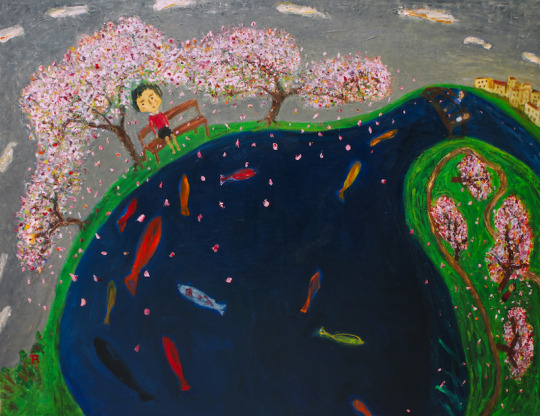





Masao Nakahara (b 1956, Japan) tells:
“When I was little, I was afraid of dying…I wondered what would happen after I died, and if everything would end when I did”…”When I was 10 years old a thought came to me. Whenever I was in that room at that time of the day, the sun was shining brightly, and I felt happy. And in that moment, I thought that light would always be shining in this room at that time of the day and would continue to do so, even if I died. …”and I thought “that’s fine then”.
Nakahara grew up in a small town in Japan (Honjō, Saitama Prefecture), and started painting from a very early age. His introduction to artists such as Fauvist Georges Rouault and Impressionist Maurice Utrillo, opened up new perspectives for an artist who was interested in reflecting his own world, than adapting to the demands of Tokyo’s art schools.
In the early 1980’s Nakahara came to Germany, where he studied at the Dusseldorf Art Academy between ’83 and ’88. Here his art got influenced by the expressionist movement of the Neue Wilden, resulting in portraits like ‘The Headman’ (1984), ‘Table’ (1985-87) and ‘The Two’ (1988). The portraits helped the artist “..to hold on to something, whenever I did not know what to do, or when I felt lonely or troubled.”
From the 1990’s onwards Nakahara introduces a broader iconography, such as impermanence, temporality, and beauty. Often metaphorically characterised by (Cherry blossom) trees, boats, bridges, and infinite paths they find their origin in Japanese myths of death.
Edgard Munch comes to mind when looking at the landscape as a metaphor for death, but more directly Nakahara’s work has been influenced by a work of Sekine Shōji entitled “Mourning Believers” (1918). symbolising a bridge as linking life to death. Shōji was a Japanese painter, who died when he was only 20 but left a remarkable oeuvre.
https://althuishofland.com/biography/masao-nakahara/
16 notes
·
View notes
Text
Shocking! Erratic Meghan Markle flips out at drunk Prince Harry at birthday bash by u/Quiet-Vanilla-7117
Shocking! ‘Erratic’ Meghan Markle flips out at ‘drunk’ Prince Harry at birthday bash
"Prince Harry and Meghan Markle were engaged in a heated brawl during the former’s birthday dinner at a restaurant in Dusseldorf, Germany.""According to a report from DesiStarsGirlsFunClub, a bar staff detailed the “unexpected twist” that turned the Sussex’s otherwise pleasant night “sour.”The pair were reportedly engaged in a heated argument at some point, notably regarding “children and school matters.”Eye witnesses at the bar took to their social media to share their observations, including their shared concern about the appearance of the Suits alum, described as “looking unusually thin, her complexion appearing unnatural, her teeth seemingly artificial, and her behavior as erratic.”This I can't believe. Firstly, fighting over "Children & school matters"? And secondly, Harry drunk after six small beers? Could someone tell me if six half pints of beer would make Harry drunk?https://archive.ph/4Jhhi
post link: https://ift.tt/ODf0tCX
author: Quiet-Vanilla-7117
submitted: September 17, 2023 at 06:01AM via SaintMeghanMarkle on Reddit
#SaintMeghanMarkle#harry and meghan#meghan markle#prince harry#sussexes#markled#archewell#megxit#duke and duchess of sussex#duchess of sussex#duchess meghan#duke of sussex#harry and meghan smollett#walmart wallis#harkles#megain#spare by prince harry#fucking grifters#archetypes with meghan#meghan and harry#Heart Of Invictus#Invictus Games#finding freedom#doria ragland#WAAAGH#Quiet-Vanilla-7117
7 notes
·
View notes
Text









Eugen Dücker - seashore-, beach- and seascape paintings
#german painting#dusseldorf school#baltic countries#maritime art#19th century art#Eugen Gustav Dücker
187 notes
·
View notes
Text

Constantine's Triumphal Arch in Rome, Oswald Achenbach, 1886
#art#art history#Oswald Achenbach#landscape#landscape painting#cityscape#Rome#Italy#Italianate#Arch of Constantine#Dusseldorf School#German art#19th century art#oil on canvas#Alte Nationalgalerie
212 notes
·
View notes
Text
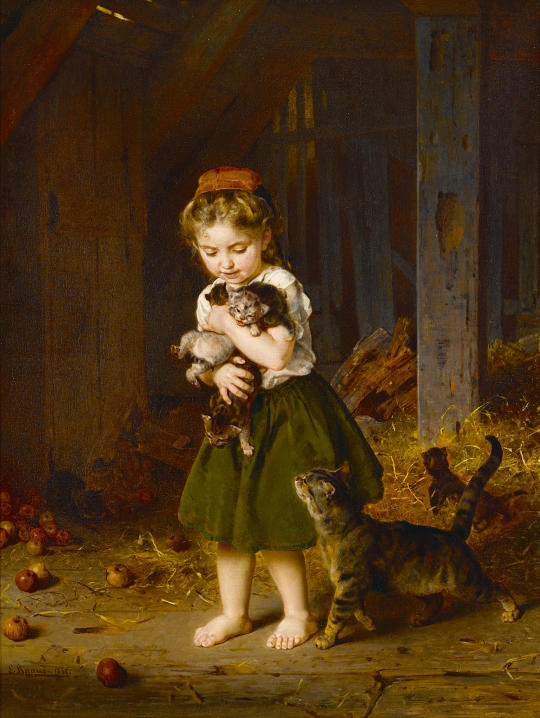
A Playful Burden by Ludwig Knaus, 1865.
#classic art#painting#ludwig knaus#german artist#19th century#naturalism#dusseldorf school#genre art#girl#children#cats#kittens#apples#barn#rustic
53 notes
·
View notes
Text

Andreas Gursky
15 notes
·
View notes
Text

I went back to the garden today where I have been working on a project for nearly 4 years. I thought it was done until I saw this tree.
www.jimroche.ca
© 2023 Jim Roche
all rights reserved
7 notes
·
View notes